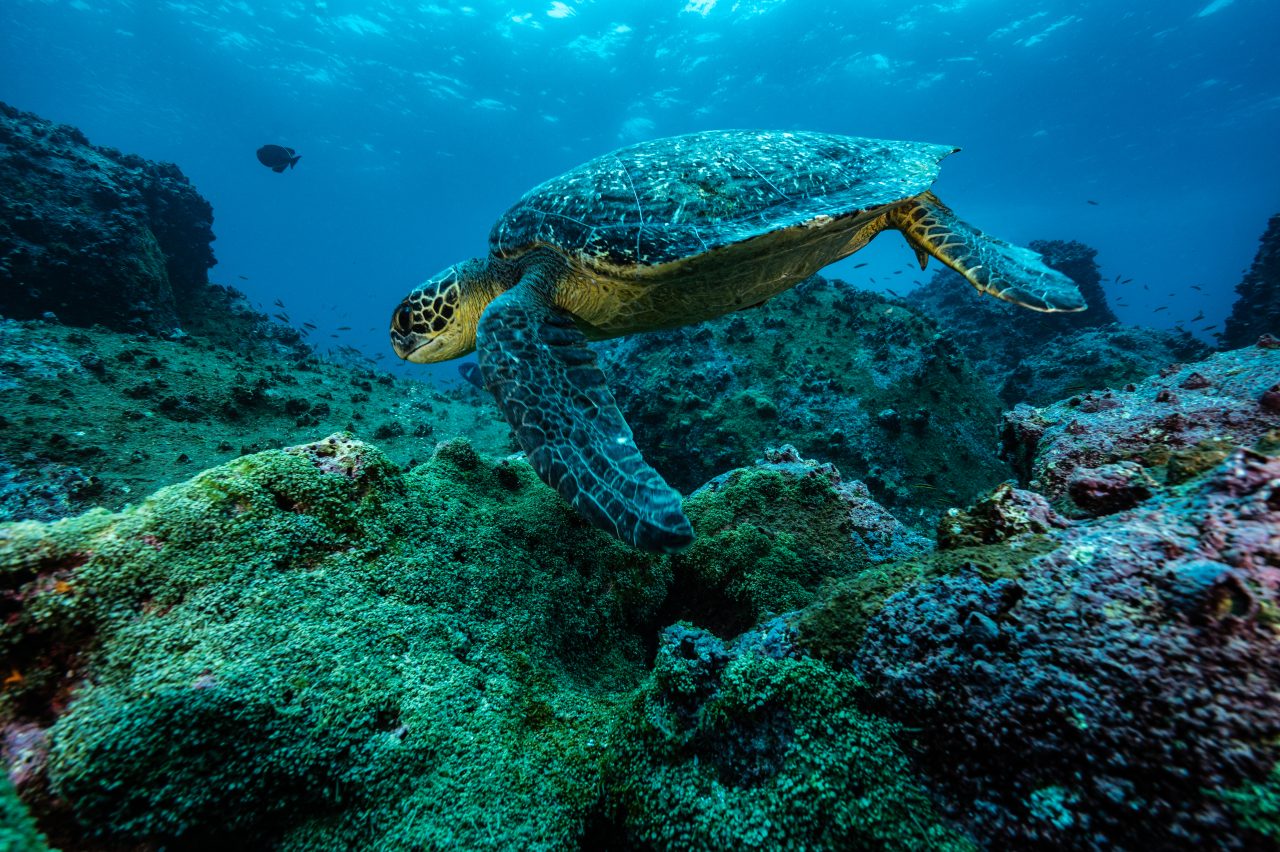
The two-week scientific expedition of the Galápagos Islands led by oceanographer and Rolex Testimonée Sylvia Earle has revealed population data for seahorses and slipper lobsters off the coast of Ecuador. Scientists on the team also surveyed habitats of turtles and penguins, measured microplastic levels, and tracked movement of migrating sharks from the Costa Rican coast and the Gulf of Mexico. These results and findings support the need for international cooperation in expanding marine protection.
An attempt to study the impact of conservation efforts that began with the launch of the Galápagos Marine Reserve in 1998, the expedition examined environmental DNA and underwater video to take measurements of ecosystem health, for future comparison.




Hope Spots & Rolex
The voyage was a recent exploration of one of the first Mission Blue–identified hope spots. These are areas with complex biodiversity and valuable marine ecosystems worth studying, to glean lessons on how to reverse environmental damage.



Founded by Earle, the ocean conservation nonprofit Mission Blue is in partnership with the Perpetual Planet Initiative by Rolex. Launched in 2019, the programme champions understanding climate change and safeguarding oceans, and individuals and organisations dedicated to those efforts.
Read More: Come For The Music, Stay For The Style: A Luxury Guide To NSW’s Tamworth Region
